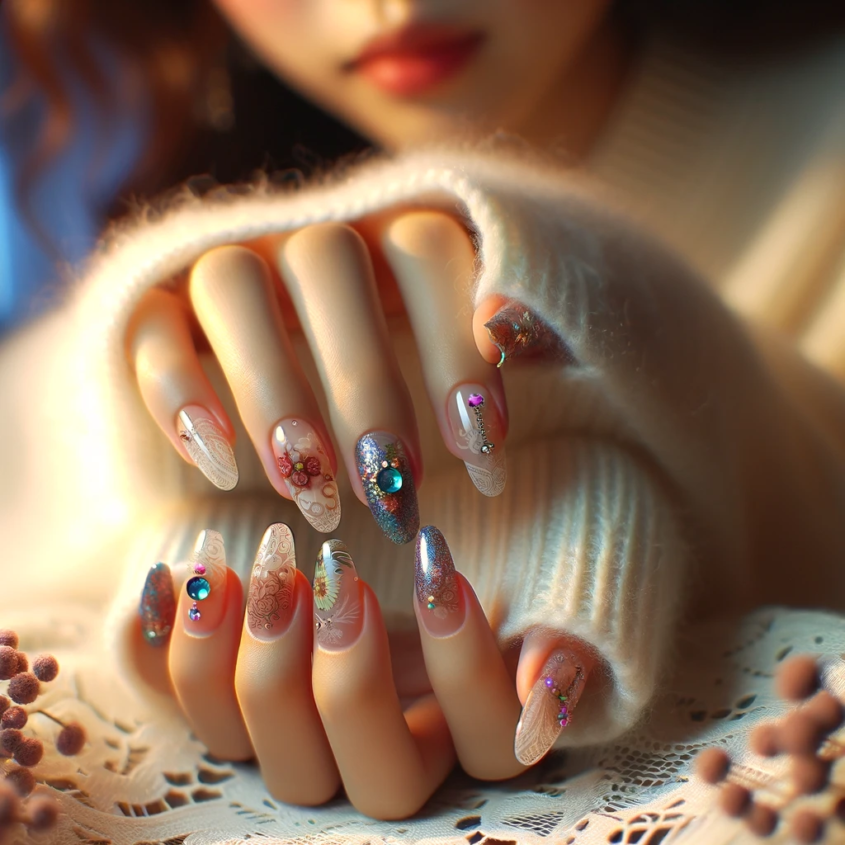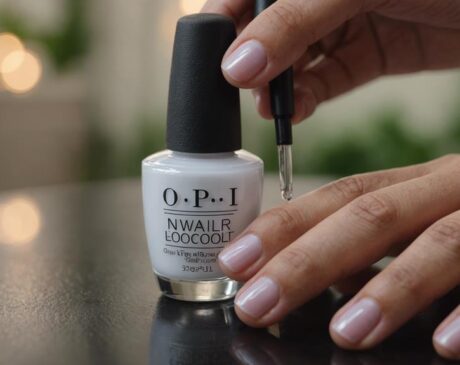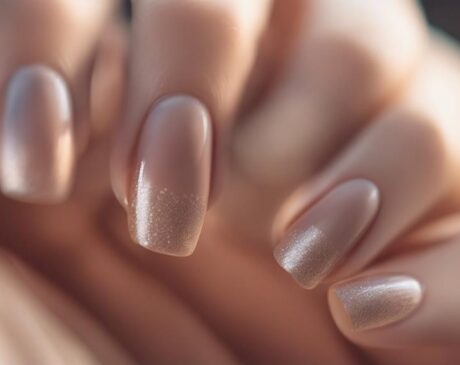Do kiss press on nails damage nails?

Kiss Press-On Nails are artificial nails that can be easily applied to the surface of natural nails. They come in a variety of sizes, shapes, and designs, offering a wide range of options to suit different preferences and occasions. Unlike traditional acrylic or gel nails used in salons, Kiss Press-On Nails do not need to be cured under UV light, making them a more accessible and user-friendly option.
Popularity and Usage
The popularity of Kiss Press-On Nails has surged in recent years, due in large part to their convenience and the growing trend of DIY beauty treatments. They are especially popular with those seeking temporary nail enhancements for special events, or with individuals who want to experiment with different nail styles but don’t want to stick with them for long periods of time or without the potential damage associated with more permanent nail applications.
Ingredients in Kiss-Press Nails
Materials Used in Kiss Press-On Nails
Kiss Press-On Nails are typically made from high-quality plastic materials such as ABS (Acrylonitrile Butadiene Styrene), which is known for its strength and flexibility. These materials are carefully crafted to mimic the look and feel of natural nails, while being durable and chip-resistant.
Adhesives and how they work
The adhesive used in Kiss Press-On Nails is a key ingredient that adheres firmly to natural nails. This adhesive is usually pre-applied to the back of the nail and is formulated to provide a strong bond when properly applied and removed without damaging the nail bed.
Potential impact on nail health
Short-term effects
Bonding impact
In the short term, adhesives for kiss-and-press nails can cause minimal damage if the nails are applied and removed correctly. However, improper application or removal may lead to problems such as flaking of the natural nail surface.
Nail surface changes
Temporary changes in the nail surface, such as slight roughness or discoloration, may occur, especially if pressure nails are removed with force or without the use of proper solvents.
Long-term effects
Nail Strength and Growth
Long-term and repeated use of Kiss Press-On Nails may affect the strength and growth of natural nails. This is often due to a lack of oxygen and light reaching the nail bed, which is essential for healthy nail development.
Cuticle and Nail Bed Health
Over time, the health of the cuticle and nail bed can be affected. Continuous use of press-on nails may lead to drying or weakening of the cuticle, which is the protective barrier of the nail.
Press-on Nails vs. Other Nail Enhancers
When considering a manicure, it’s important to understand how different options compare in terms of application, wear and tear, and impact on nail health. Two of the most popular press-on nail alternatives are gel nails and acrylic nails.
Gel Nails vs. Press-On Nails
Gel nails are a salon applied enhancement known for their shine and durability. They are made by applying a liquid gel formula, which is then cured under UV light. Compared to kiss-and-press nails, gel nails require a more time-consuming application process and professional removal to avoid damaging natural nails. While gel nails last longer and are more durable than press-on nails, they are more damaging to natural nails due to the amount of filing required during the preparation process and the potential for overexposure to UV light.
Acrylic nails vs. press-on nails
Acrylic nails are another popular salon service. They contain liquid monomers and powdered polymerized.
Proper Application and Removal Techniques
Proper application and removal of press-on nails is critical in order to maintain healthy nails and get the best results.
Step-by-step guide to safe application
- Nail Preparation: Clean and polish nails for a smooth surface.
- SIZE SELECTION: Select the correct size press-on nail for each finger.
- GLUE APPLICATION: If desired, apply a thin layer of glue to the press-on nail.
- Placement: Carefully place the press-on nail on top of the natural nail, starting at the cuticle and pressing downward.
- Secure nail: Apply gentle pressure for a few seconds to ensure a strong bond.
Best Practices for Removal
- Soak nails: Soak nails in warm soapy water for 10-15 minutes to loosen adhesive.
- Gently pry: Using a wooden cuticle stick, gently pry the edges of press-on nails.
- Slow Removal: Remove nails slowly and gently to avoid damaging natural nails.
- Residue Removal: Remove any adhesive residue from the natural nail.
Tips for Minimizing Damage
Nail Preparation
- Ensure nails are clean and dry before use.
- Use a nail polish to gently roughen the surface of the nail for better adhesion.
- Avoid excessive filing as this can weaken your natural nails.
Aftercare and Maintenance
- Keep your nails dry and avoid prolonged contact with water.
- Moisturize cuticles and nails regularly to keep them healthy.
- Give your nails a break between coats so they can recover.
Expert advice and research
Dermatologists’ views on press-on nails
Many dermatologists consider press-on nails to be a safer alternative to acrylics or gels because they are less likely to cause serious damage to the nail bed and cuticle. However, they warn against prolonged continuous use as this can lead to weakened nails and other problems.
Results of related studies
Research suggests that while press-on nails may be a safer option, the key to keeping nails healthy is proper application and removal techniques, as well as routine care and maintenance of natural nails. Frequent breaks between applications are recommended to allow natural nails to breathe and recover.
Alternatives to press-on nails
For those seeking alternatives to press-on nails that are less likely to affect nail health, there are a variety of options available, from natural nail care to safer nail enhancements.
Natural Nail Care Tips
- Moisturize regularly: keep nails and cuticles well moisturized with an oil or hand cream. This prevents brittleness and breakage.
- Eat a balanced diet: A diet rich in vitamins and minerals, especially biotin, calcium, and vitamin E, promotes stronger, healthier nails.
- Gentle filing: Use a fine-grained nail file and avoid rough filing techniques to prevent splitting and peeling.
- Protective Base Coat: Using a nourishing base coat protects your natural nails from stains and provides extra strength.
Safer Nail Strengthening Options
- Nail Strengtheners: products designed to strengthen and protect natural nails are a great option.
- Soak-off gel polish: Unlike traditional gel nails, soak-off gel polish is easier to remove and less damaging.
- Biodegradable Nail Covers: this is a greener and gentler nail enhancement option.
In this article, we explored the nuances of Kiss Press-On Nails, compared them to other nail enhancements, and delved into their impact on nail health. While press-on nails offer a convenient and versatile solution for temporary nail beautification, their impact on nail health should not be overlooked. Proper application and removal techniques, along with regular nail care and maintenance, are key to minimizing potential damage. Alternatives such as natural nail care and safer enhancement options offer viable avenues for those concerned about nail health.
Frequently Asked Questions
Q1: How often can I safely use Kiss press-on nails?
A1: It is safe to use Kiss Press-On Nails occasionally, such as at special events. It is recommended to let your nails rest for at least a week between applications to keep them healthy.
Q2: Are there any specific signs of damaged nails to look out for?
A2: Look for signs such as discoloration, white spots, thinning, cracking, or excessive dryness as these may indicate damaged nails.
Q3: Can I use Kiss Press-On Nails if I have sensitive nails?
A3: Yes, but use caution. Choose a hypoallergenic adhesive and ensure proper application and removal to avoid irritation.
Q4: How do I strengthen my nails after using pressure nails?
A4: Use a nail strengthener, keep your nails moisturized, and eat a nutritious diet to help restore and strengthen your nails.
Q5: Is there a difference in nail damage between short-term and long-term use of press-on nails?
A5: Yes, short-term use with proper care is less likely to cause significant damage. Long-term, continuous use can lead to weakening and other nail issues. Regular breaks are recommended to maintain nail health.




